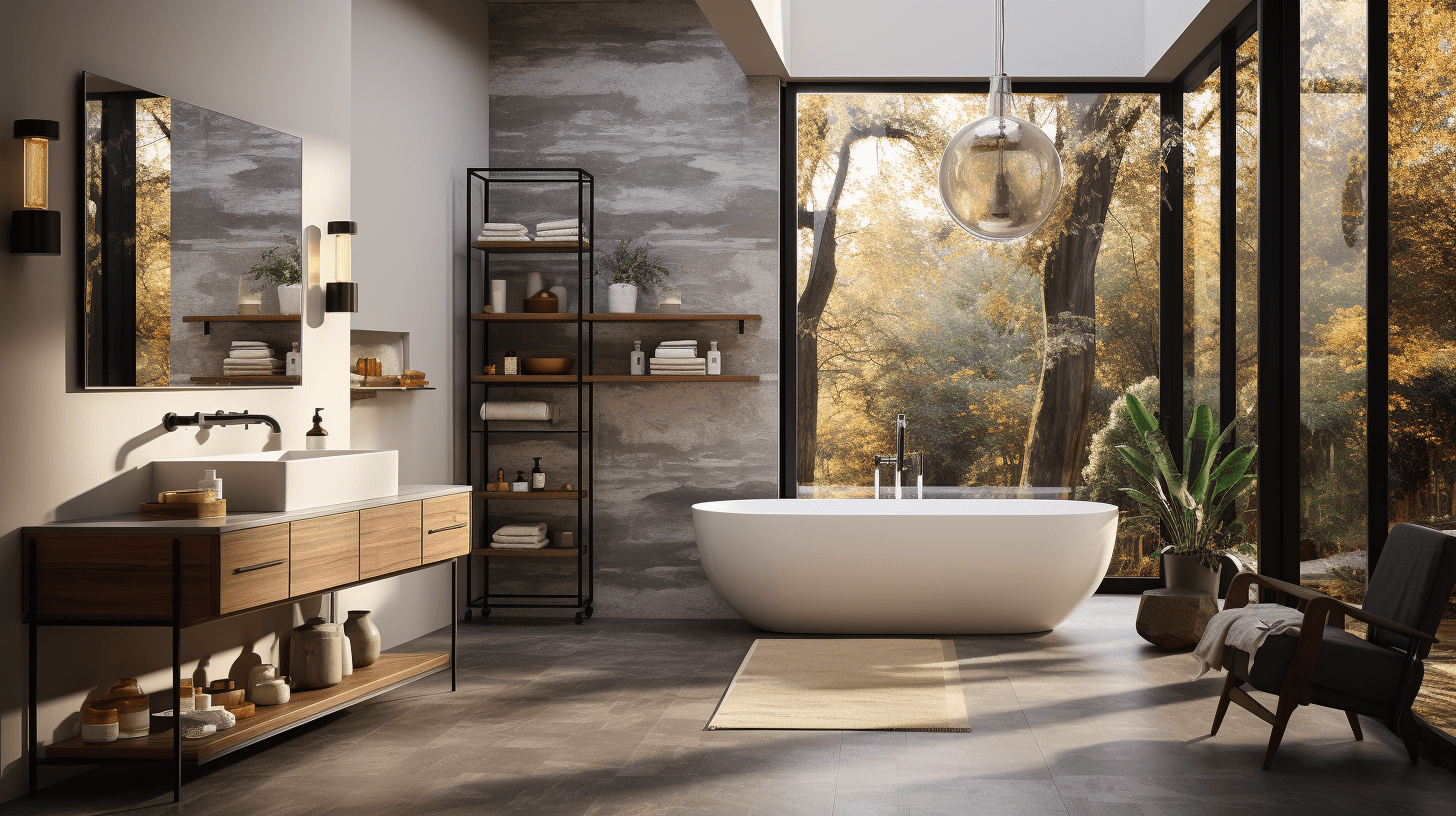Mid-Century Modern Design: A Timeless Fusion of Form and Function
Introduction:
Mid-century modern design stands as a testament to the enduring power of innovative thinking and aesthetic sensibilities. Emerging in the middle of the 20th century, this design movement reshaped the landscape of architecture, interior design, and furniture, leaving an indelible mark that continues to inspire creators and enthusiasts today. Rooted in the post-war era’s optimism and driven by a desire to break away from the ornate styles of the past, mid-century modernism brought forth a new vision characterized by clean lines, organic shapes, and an emphasis on functionality. In this exploration, we delve into the origins, key principles, iconic figures, and lasting legacy of mid-century modern design.
Origins of Mid-Century Modern Design:
Mid-century modern design emerged in the years following World War II, as the world sought to rebuild and redefine itself amidst rapid technological advancement and social change. The movement gained momentum in the 1940s and reached its zenith in the 1950s and 1960s, particularly in the United States. Influenced by the Bauhaus movement, Scandinavian design, and the principles of modernism, mid-century modernism sought to create a harmonious fusion of form and function, with an emphasis on simplicity, practicality, and accessibility.
Key Principles of Mid-Century Modern Design:
- Clean Lines and Minimalism: At the heart of mid-century modern design lies a commitment to clean lines and minimalistic aesthetics. Furniture, architecture, and interior spaces are characterized by sleek, uncluttered designs that emphasize simplicity and elegance. Geometric shapes, such as rectangles, squares, and circles, are prevalent, with an emphasis on crisp, sharp lines that create a sense of balance and order.
- Organic Forms and Natural Materials: Despite its focus on minimalism, mid-century modern design also incorporates organic forms and natural materials, adding warmth and depth to its aesthetic. Furniture pieces often feature curved edges, tapered legs, and fluid contours inspired by nature. Wood, particularly teak, walnut, and rosewood, is a dominant material, prized for its warmth, durability, and timeless appeal. Other materials such as glass, metal, and plastic are also used, often in combination with wood, to create visually striking and tactilely engaging designs.
- Functionality and Innovation: Functionality is a central tenet of mid-century modern design, with form always following function. Furniture pieces are designed to be not only aesthetically pleasing but also practical and versatile, reflecting the changing needs of modern life. Innovations such as modular shelving systems, adjustable lighting, and multi-functional furniture became hallmarks of the movement, allowing for greater flexibility and efficiency in living spaces.
- Integration of Indoor and Outdoor Spaces: Mid-century modern architecture often blurs the boundaries between indoor and outdoor spaces, creating a seamless connection with nature. Floor-to-ceiling windows, sliding glass doors, and open floor plans allow natural light to flood interiors while providing expansive views of the surrounding landscape. Outdoor living areas, such as patios, decks, and gardens, are treated as extensions of the home, further enhancing the sense of harmony and integration with the natural environment.
Iconic Figures of Mid-Century Modern Design:
- Charles and Ray Eames: Perhaps the most iconic figures of mid-century modern design, Charles and Ray Eames are celebrated for their groundbreaking contributions to furniture, architecture, and industrial design. Their iconic Eames Lounge Chair and Ottoman, designed in 1956, remains a timeless symbol of comfort, elegance, and craftsmanship.
- Eero Saarinen: Finnish-American architect and designer Eero Saarinen was renowned for his innovative approach to form and structure. His iconic Tulip Chair, designed in 1955, features a fluid, sculptural form inspired by nature, exemplifying the organic yet minimalist aesthetic of mid-century modern design.
- George Nelson: As the design director of Herman Miller, George Nelson played a pivotal role in shaping the direction of mid-century modern design in the United States. His iconic designs, including the Coconut Chair and Ball Clock, epitomize the playful yet sophisticated spirit of the era.
- Hans Wegner: Danish designer Hans Wegner was known for his mastery of woodcraft and his ability to create timeless, functional furniture pieces. His iconic Wishbone Chair, designed in 1949, remains a classic example of mid-century modern design, admired for its elegant silhouette and ergonomic comfort.
The Lasting Legacy of Mid-Century Modern Design:
Mid-century modern design’s enduring legacy can be seen in its continued influence on contemporary aesthetics, as well as its timeless appeal to collectors, designers, and homeowners alike. Its principles of simplicity, functionality, and innovation continue to resonate with a wide audience, transcending generational and cultural boundaries. Today, mid-century modern furniture and decor are highly sought after, prized for their timeless beauty, craftsmanship, and ability to infuse spaces with a sense of style and sophistication.
In conclusion, mid-century modern design stands as a testament to the enduring power of innovative thinking and aesthetic sensibilities. Rooted in the optimism and aspirations of the post-war era, this design movement continues to inspire and captivate with its clean lines, organic forms, and emphasis on functionality. From iconic furniture pieces to architectural landmarks, mid-century modernism remains as relevant and influential today as it was over half a century ago, a timeless expression of human creativity and ingenuity.


